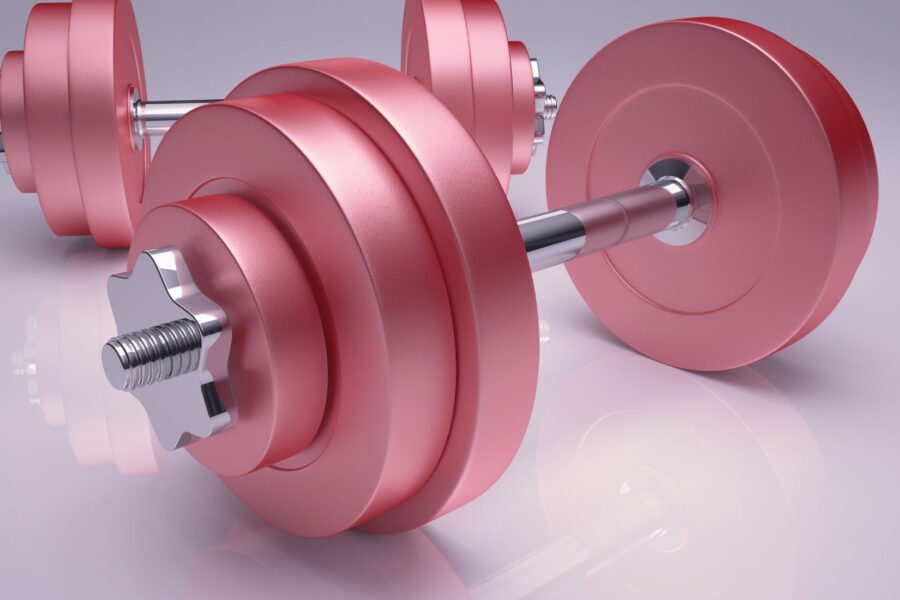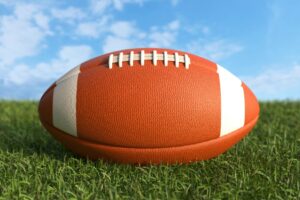The Don’ts
Last week, we looked at what to do when working with weights… The Do’s! Along with every do, there is a don’t! So this week, let’s look at what not to do when working with weights.
Don’t Skip Warming Up
Warming up primes your muscles for the exercises to come. If you don’t warm up your muscles, then they are not primed and ready to go. Which means you start your exercise program with cold muscles. Cold muscles are more prone to injury than warmed up muscles. So… don’t skip your warmup!
Don’t Rush
As stated last week, this is not a sprint, it’s a marathon! So, take your time and don’t rush through the movements. Move in an unhurried and controlled fashion, isolating the muscles you want to work on and focusing on them. Also, moving slow and controlled is much harder and more effective on building muscles then using momentum to get you through each exercise.
Don’t Overdo
Listen to your body because it is important to know when to stop. If you experience, pain, strain, discomfort, dizziness, then give your body a rest. If your body can only handle one set, then stick with one set. Never lift more than you can handle. It’s ok to push yourself, but never to the point of causing injury.
Don’t Cheat
Proper form and technique are crucial, so don’t cheat on it. Especially if you are trying to lift heavier weights. Improper form, poor technique, quick jerky movements are all a recipe for injury. Also, don’t cheat on rest. It’s important to rest between working out different muscle groups.
A Few Last Things
Proper shoes are important for protecting your feet and providing proper traction so that you don’t slip. As stated last week, if you are working out in a gym, make sure the equipment is well-maintained. Well maintained equipment means safe equipment to use. Also wear appropriate clothing that does not restrict movement, and gloves if you are dealing with heavier weights.
Strength training is a great way to enhance your skills in your sport. Take advantage and see your skills improve! As always, strength training should be done with a qualified coach, trainer, parent(s), sports trainer, or other qualified professional.
More Resources
Safety Considerations For Using Weights The Do’s




Recent Comments